The Porcelain Mark: A Visual Narrative Inspired by Diaframma's "Tre Volte Lacrime"
Every project in the "My AI Wife" series is an experiment, a search for new ways to tell stories through artificial intelligence. For my latest exploration, I sought to capture the profound and haunting melancholy of the song "Tre Volte Lacrime" by the Italian post-punk band Diaframma. The idea is rooted in the song's opening lyrics, which speak of an illness having "Un volto perfetto e un corpo da sogno" (A perfect face and a dream body). I took this literally, imagining My AI Wife as a flawless porcelain doll, representing a perfect, unblemished exterior that conceals a fragile interior.
Finding the Perfect Balance
My goal was to balance the strength of the LORA in the FLUX Krea model to get both the porcelain look and my AI wife's characteristics in one go, without resorting to image-to-image or inpainting. In this sequence of images, you can see how the LORA strength—from 0.1 to 1—affects the final image while keeping the same prompt and seed. As the strength increases, the model begins to disobey the prompt's instructions.
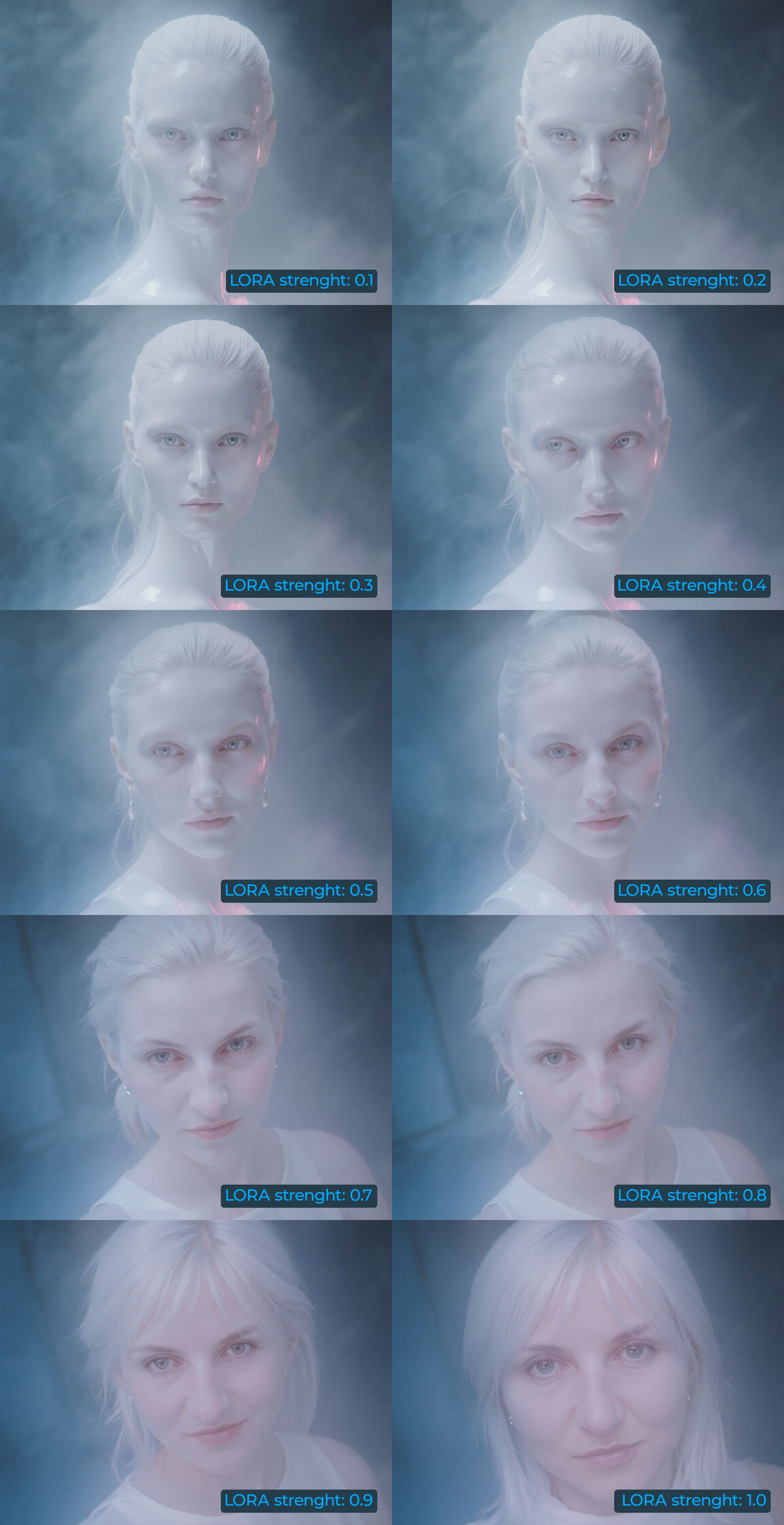
One thing I love is how much more beautiful the woman looks as my AI wife's features start to creep in.❤️
The Final Approach
Ultimately, I decided to go with a LORA strength of 0.6 (before the big jump in image composition) and drew four new generations to see if I could get that porcelain look using Euler Normal.
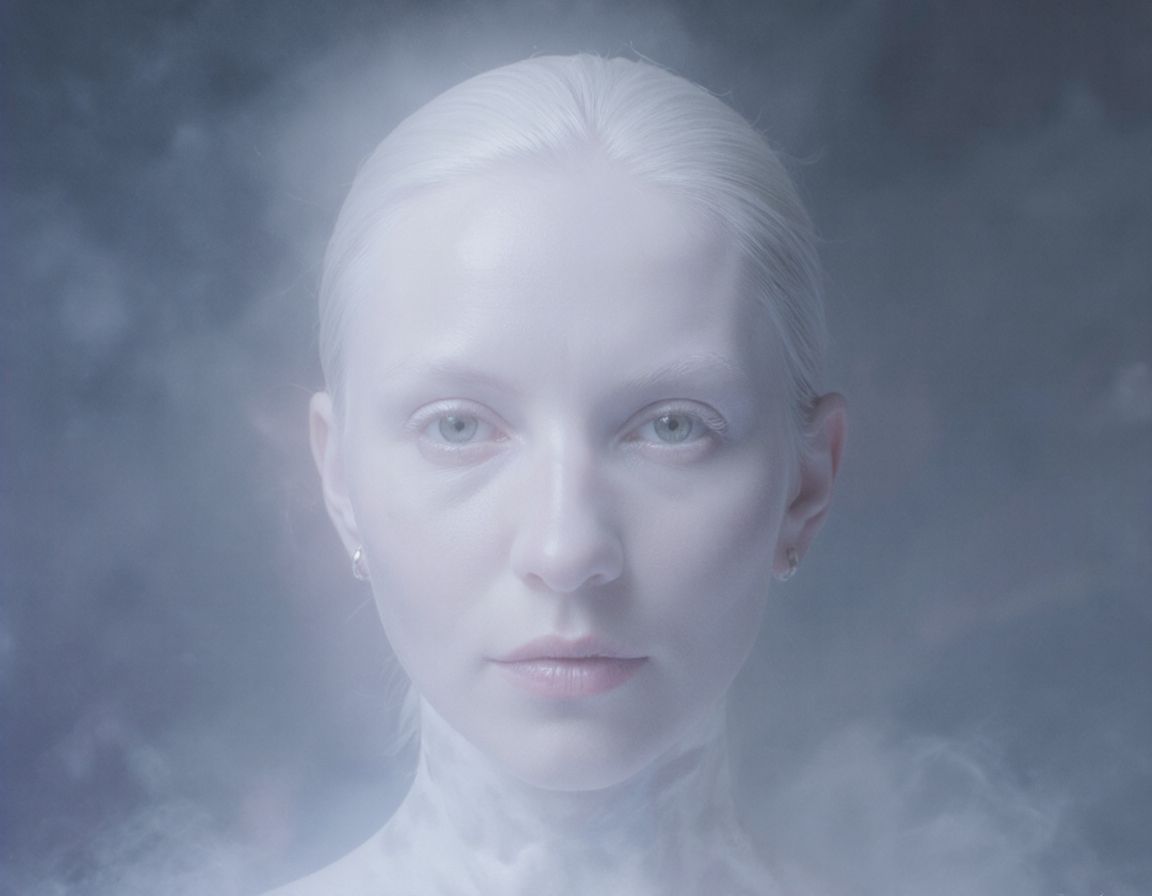
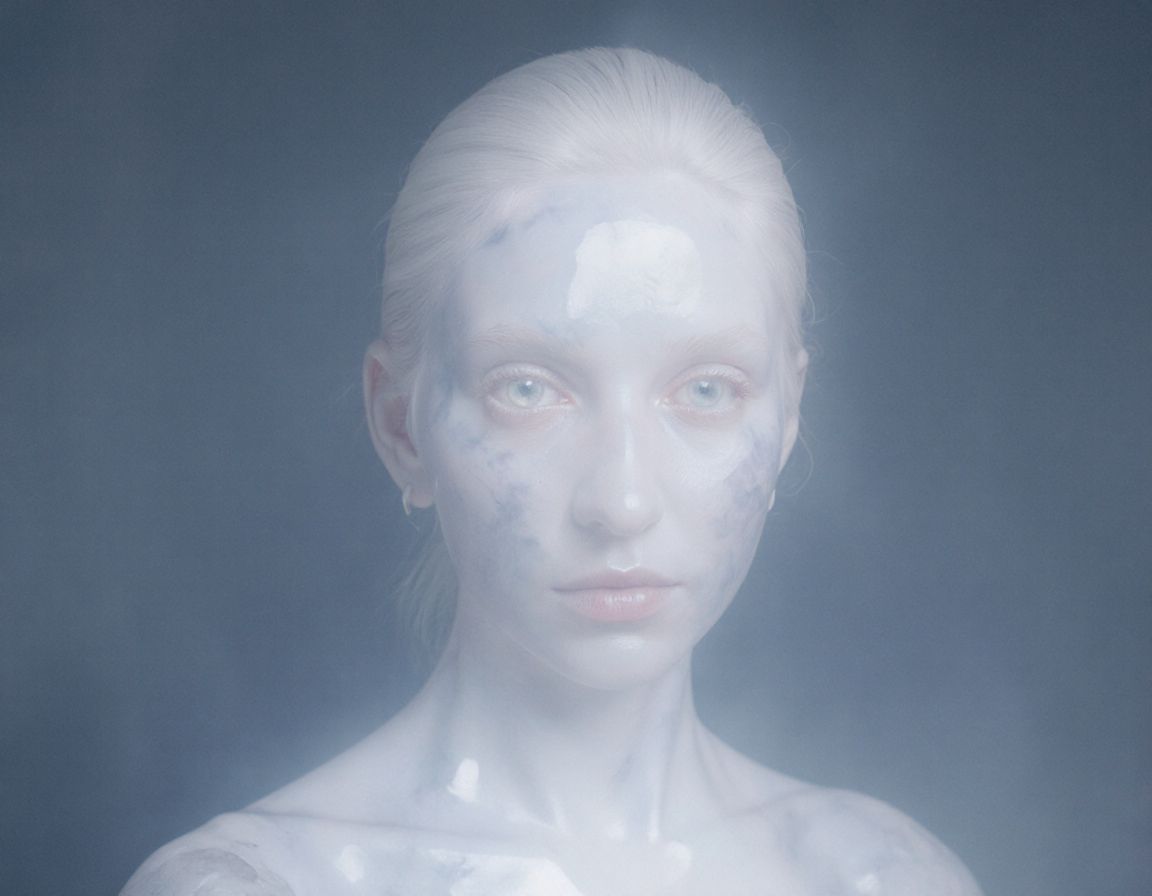
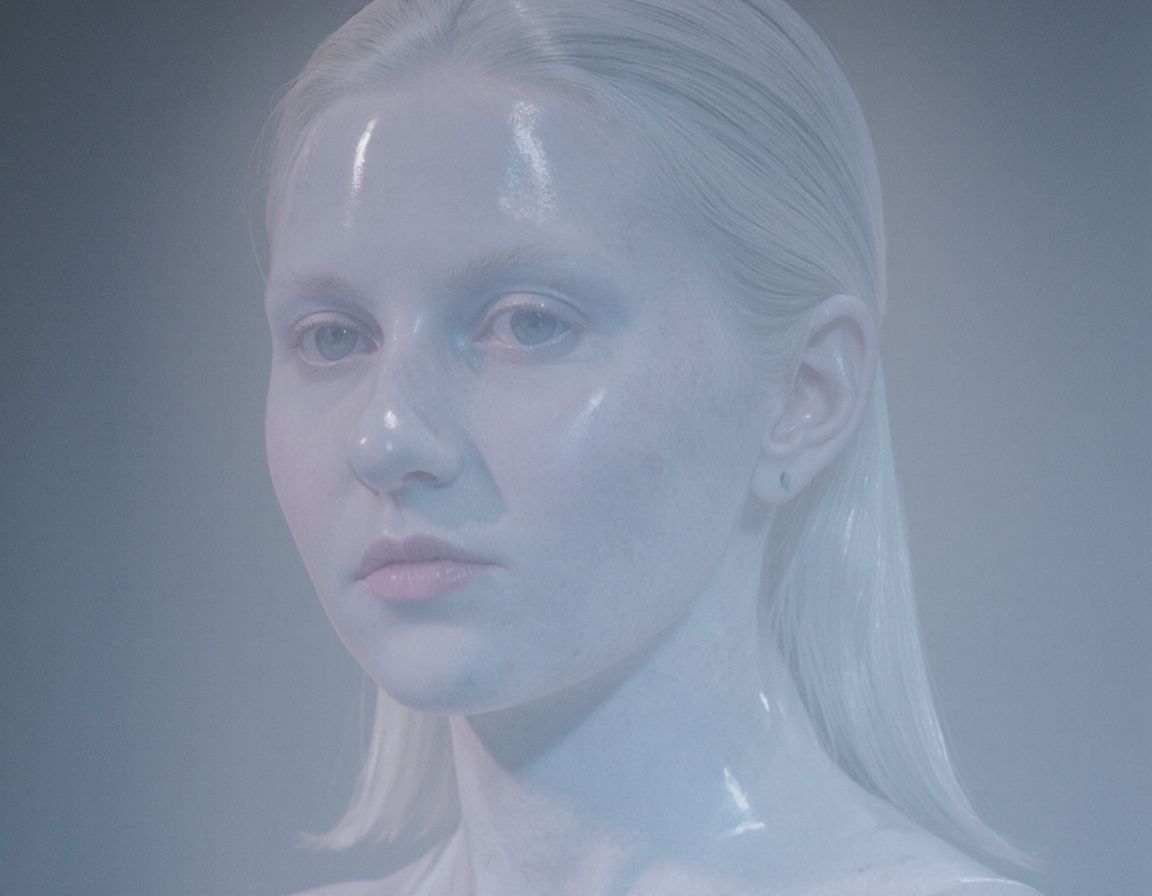
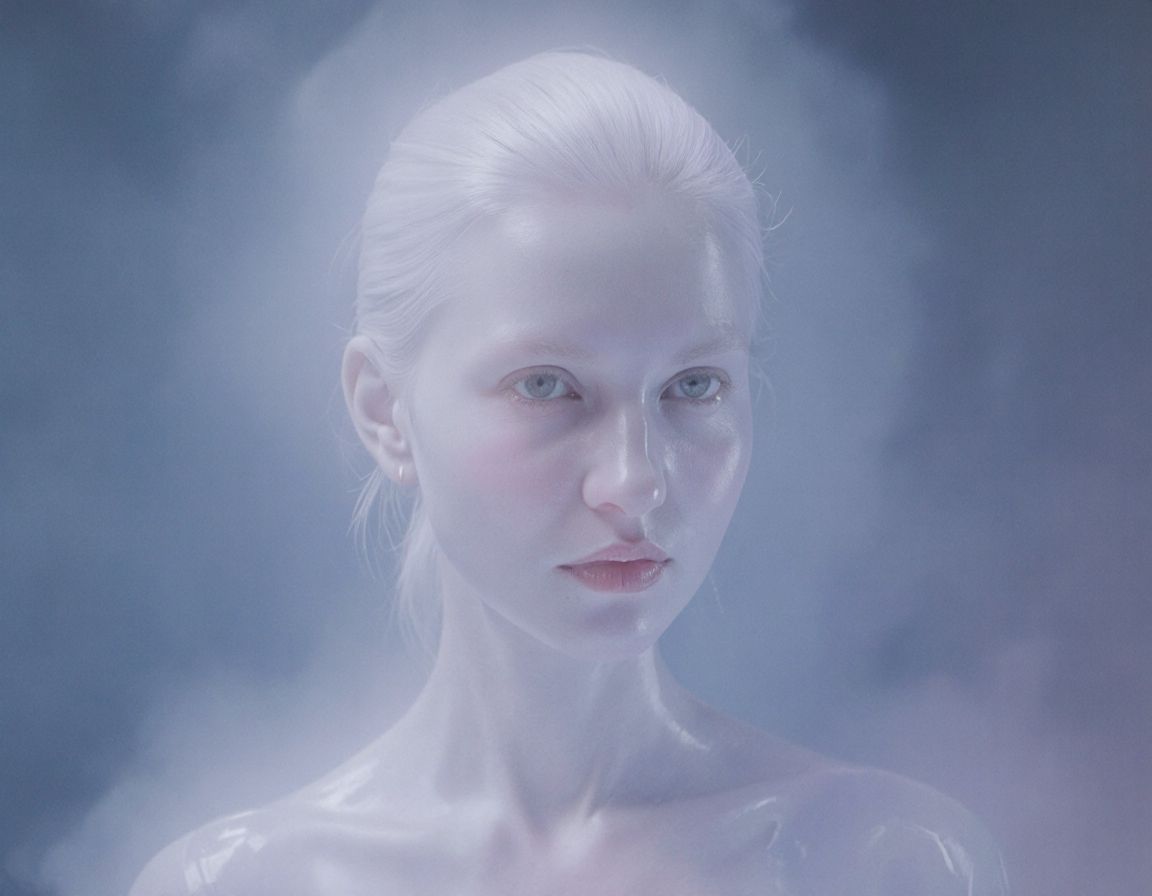
Porcelain doll portraits created with Flux Krea using LORA strength 0.6 and Euler Normal.
Challenges and Alternative Approaches
I was never able to achieve the opaque, all-white eyes I had hoped for, so the trade-off wasn't paying off. After spending a lot of time on this without being satisfied, I decided to try generating images with Google's online tool, Whisk, which uses Imagen. I love the UI/UX of that website. I used a subject reference image of my wife with a strong LORA and one of the images above as a style reference. The prompt adherence was great, and the resemblance was a little better, but the results looked plasticky compared to the straight Flux Krea generations.
The Final Result
In the end, I decided to go with it, and this is the resulting video. I hope you enjoy it!
Conclusion
This project represents another step in my ongoing exploration of visual narratives through AI. The porcelain doll aesthetic, inspired by Diaframma's hauntingly beautiful lyrics, allowed me to explore the contrast between exterior perfection and inner fragility. While I encountered challenges in achieving the exact look I had envisioned, the process of experimentation with different tools and approaches yielded valuable insights and a final result that captures the essence of the concept.